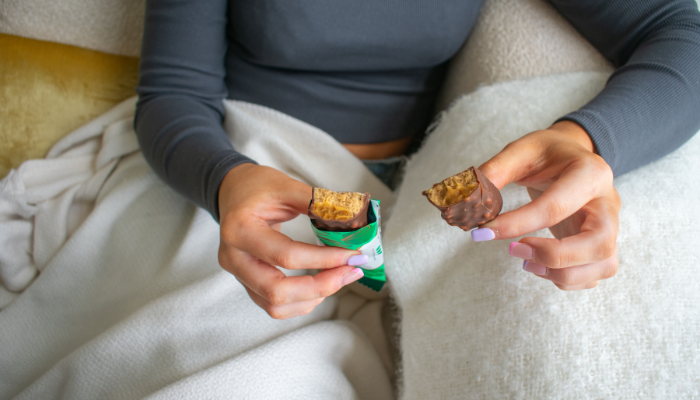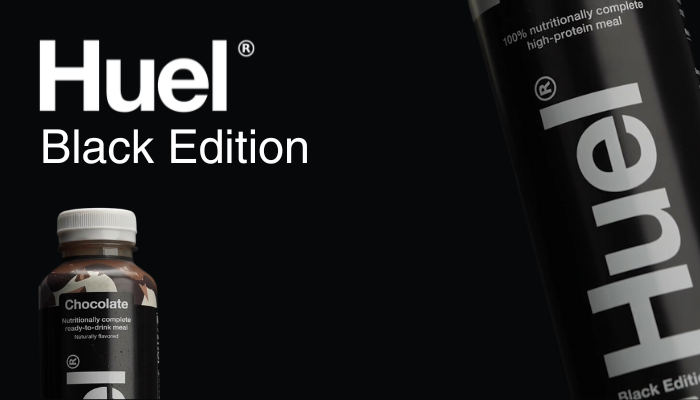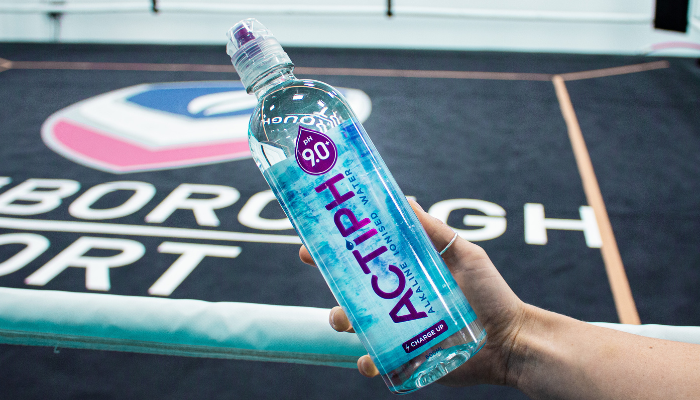The health ingredients driving convenience store sales and profits
What growing health ingredients should you be offering?

Becoming healthier is top of the agenda for many consumers. In fact, more than three in five say they would like to change their diet to make it healthier, according to a poll by the Food Standards Agency. Within this, 68% agreed they would like to eat more fruit and vegetables, with 61% wanting to reduce their calorie intake.
Over the years, many ‘diets’ have become popular, such as keto and atkins, with clubs like Slimming World and Weight Watchers dominating the health industry. However, protein and fibre are now growing in importance as education increases on how these types of food can help keep you fuller for longer.
Retailers have already capitalised on the protein and fibre trend with many dedicating entire bays to bars, nuts and drinks, as well as newer editions to the category, such as protein cereal.
But now protein and fibre are well established, what else is growing in convenience stores that will help achieve high sales and long-term customer loyalty?
Why you should stock meal replacement shakes

Meal replacement shakes sales are growing, according to both Avtar (Sid) Sidhu, owner of St John’s Budgens in Kenilworth, Warwickshire. “Huel is really popular with our customers, which made it big through social media,” he explains. “The likes of Nurishment has also grown recently, even though it’s been around for years.”
Sidhu always keeps an eye out on the latest trends, but the decision to stock such a line depends on demand. He sources these products through both his symbol group Budgens, and third-party suppliers.
“They expect to see these products everywhere, because they are so accessible,” Sidhu continues. “You can find them online, in Lidl, Aldi, etc and with convenience being the most important mission, we’re expected to stock it.”
Stocking these in-demand products has helped Sidhu become the go-to for this category and customers buy a few at a time, especially as many of these want convenience after a workout. “Changing shopper habits are really working in our favour because customers don’t want to travel to Aldi or Lidl necessarily. They also don’t want to do a large shop that often, it’s all about little and often.”
Meanwhile, Jack Matthews of Bradley’s Supermarkets in Quorn, Leicestershire, has also seen a shift towards meal replacement shakes and found most of his products using smaller wholesalers, like Epicurium. “We’ve just ordered Huel Black and we’re hoping it’s as popular as other lines in their range,” he says.
Huel Black Edition is a vanilla-flavoured ready-to-drink complete meal and is available in packs of eight 500ml bottles. Its RRP is £3.80 and it contains 75% more protein, with each 500ml bottle containing 35g, 28% fewer carbs and zero artificial sweeteners.
The rise of functional drinks

Functional drinks are not a new category; however, retailers are reporting a heightened demand for them once again. For Sidhu, his top brands are Purdey’s from Britvic and Nocco. “Anything with added vitamins, minerals, etc has grown over the past six months,” he says. “Customers have become aware of what they’re putting into their bodies and it’s a different way of getting your recommended dosage in.”
Most suppliers and health professionals are urging shoppers to hydrate by drinking more water, but some consumers find it boring. This opened a gap in the market for ‘functional water’. “We moved quite early on the flavoured and functional water trend and we’re now seeing the benefits of doing so,” Matthews says.
The challenge with so many products on the market is knowing what is healthy for you, and what is another marketing gimmick. If you’re new to the category, it’s good to start with a water or drink that offers electrolytes or vitamin C.
Electrolytes, for example, are needed after exercising to replace the ones lost through sweating, etc. Outside of water, look at energy drinks that offer vitamins or minerals, as many will consume these as part of their everyday diet.
Once you have a core range in place and sales are increasing, you can look to expand your range outside of drinks. Sidhu, for example, now stocks gummies that offer added vitamins. “Consumers are finding new ways to get their daily intake,” he says.
Honey offers natural benefits
Summer is fast approaching - even if it doesn’t seem like it currently - which means topping up on your summer remedies range. But this year, think past your core range to products such as honey.
According to the National Institute of Health, evidence indicates that honey acts as an antioxidant, anti-inflammatory, antibacterial and has antidiabetic, respiratory, gastrointestinal, cardiovascular and nervous system protective effects.
Paresh Vyas, owner of Jack Lane Convenience in Manchester, is trialling honey as a treatment for colds. The retailer reached out to his local garden centre and made a deal to trial their range on a sale-or-return basis. “We wanted to offer our customers a more natural choice or to enhance their remedies, and there’s no risk to us. We’re doing this to help our customers and sales are going well so far,” Vyas explains.
How to market these new products
Retailers are well aware of the impact that marketing can have on sales. It can mean the difference between high sales and needing to delist a product because it isn’t moving.
Vyas, for example, markets his honey using posters in store, on Facebook and throughout his local community.
Sidhu, however, encourages a member of staff to make TikTok videos to highlight new products. “She will study the songs and dances that go viral on TikTok, and she makes a video doing the dance and the product will be at the forefront of it all,” Sidhu explains.
Reels and videos are being prioritised on social media and will help bring higher exposure to your page, so research new trends going viral and get your whole team involved. If dancing isn’t your thing, taste tests and unboxing videos are always popular on social media.
Top tips to sourcing these products:
- Make sure you have the right market. Ask your customers first when they’re shopping in store or via social media. You can then determine if investing in these ingredients will be the right move for your business.
- From here, buy a small selection of products. Sidhu recommends looking at key categories, like shakes, soft drinks, bars, etc. He says laying the foundation is key to maximising these new ingredients.
- If sales are higher or growing and the demand is there, you can then look into expanding the area to its own category or adding to other existing categories you have in store.
Do you want to stock the latest healthy snacks and drinks?
Capitalise on the latest health trends by getting in touch with our expert team or register an account here to start shopping.

